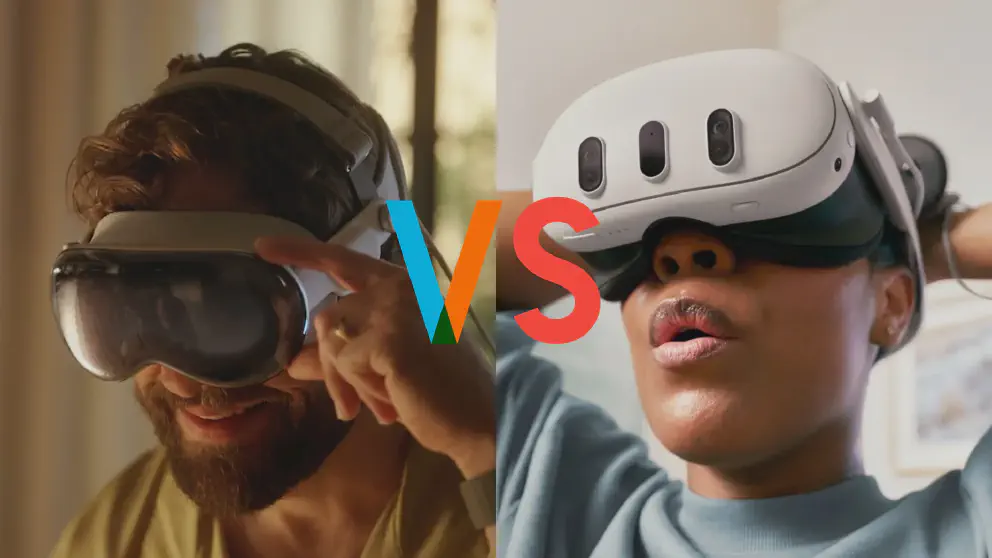The Apple Vision Pro is finally coming to market in the US in early February after being shown at WWDC 2023. After months of anticipation, the new Apple product is here. However, is the new $3,500 spatial computer can unseat the king of VR, the Meta Quest or more specifically, Meta Quest 3? We dig deeper to find out.
Meta Quest
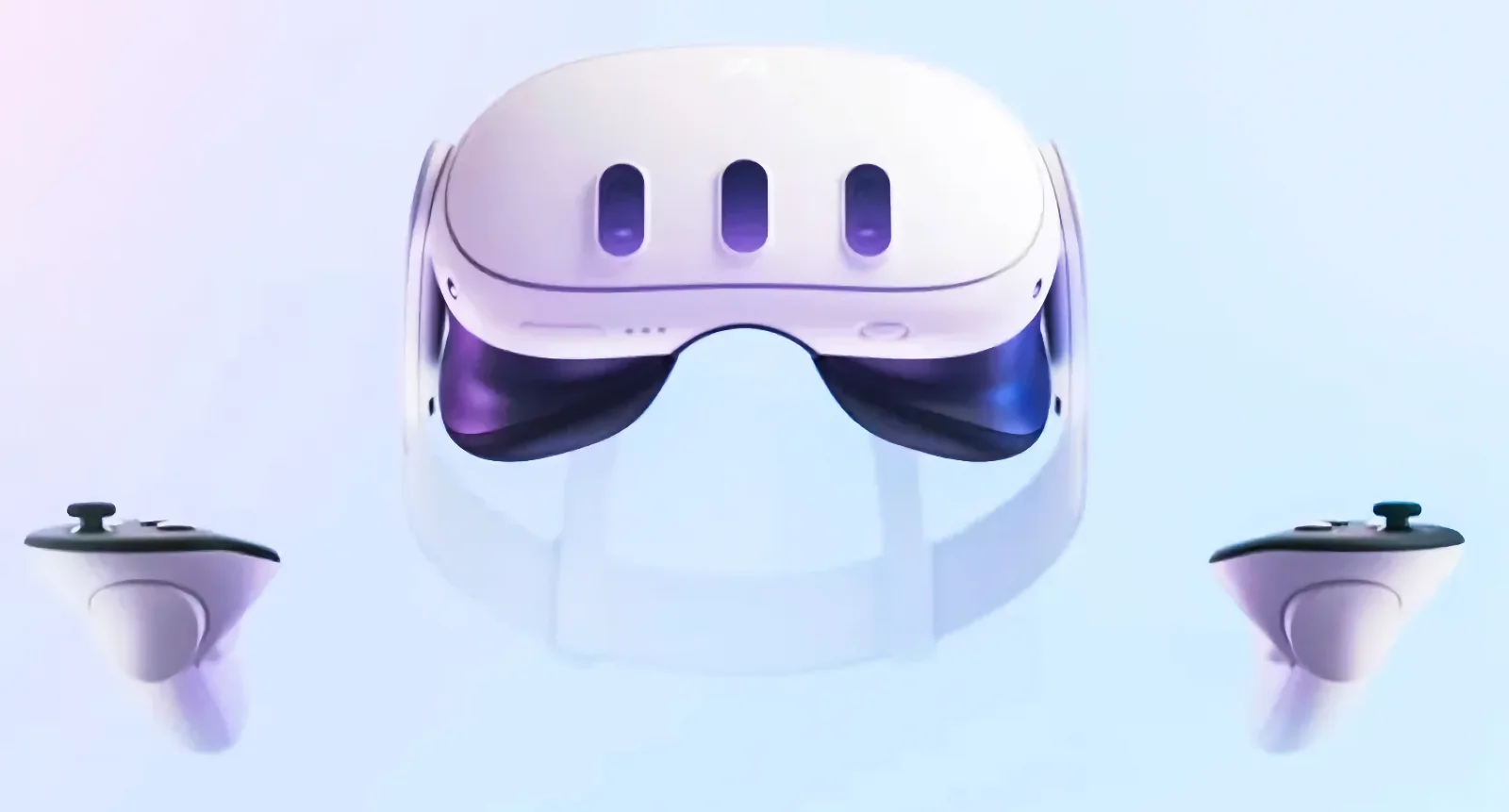
Meta Quest is a product by Meta that is bringing VR headsets to the masses. This product is so important for Facebook that the company changed its name from Facebook to Meta, signaling the future is the Metaverse. So far Meta Inc. has invested tens of billions of dollars in the project and this is their latest creation: the Meta Quest 3.
Meta does not discuss how many they have sold but a leak put them in a ballpark figure of around 20 million units of Meta Quest devices have been sold so far up to 2021. New figures show that they are selling around [240 thousand] headsets a month at the end of 2023.
The Meta Quest 3
Now we are here to talk about Meta’s latest iteration of the VR headset, the Meta Quest 3.
- Most expensive ever: It is priced at $500, which is twice the price of the previous version. Furthermore, there’s the option to upgrade the storage for $150 bringing the unit cost up to $650.
- Higher resolution screen: The screen has been upgraded to have around 2064x2208 pixels per eye, giving the total screen around 4K for both eyes.
- Better processor: The device uses SnapDragon XR2 Gen 2, a SOC that is optimized for VR uses.
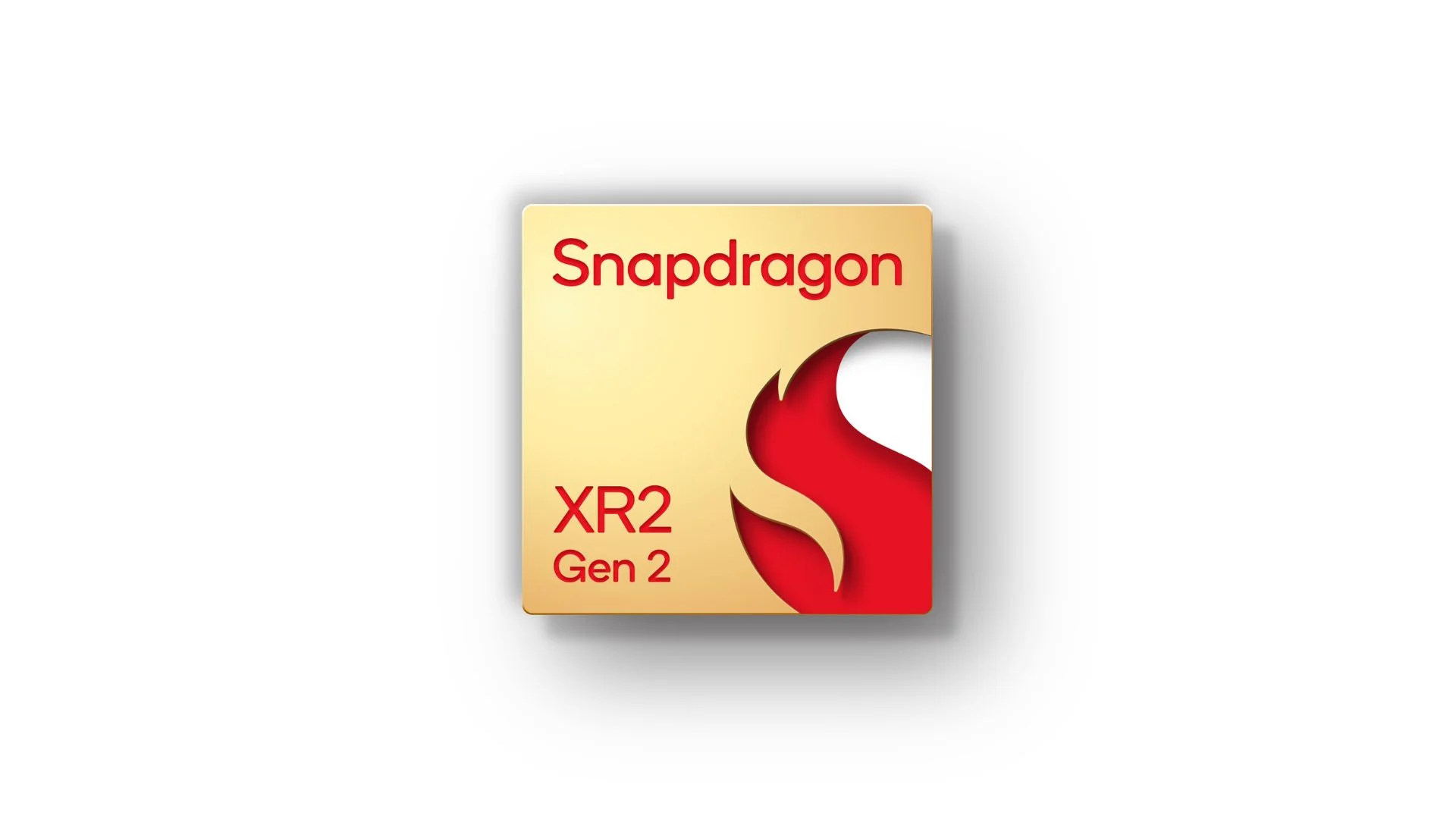
- It’s light: The whole chassis is made of lightweight plastic. Weight is an important factor when you intend to put a significant thing on your head for hours.
- The Metaverse: The raison d’etre of the Meta Quest is to act as the gateway to the Metaverse. From Mark’s vision, it seems to be something between “Ready Player One” dystopia and real-world integration. The vision is so important that Mark Zuckerberg changed the company name from Facebook to Meta Inc. It’s the move to make Facebook Meta into a trillion-dollar company.
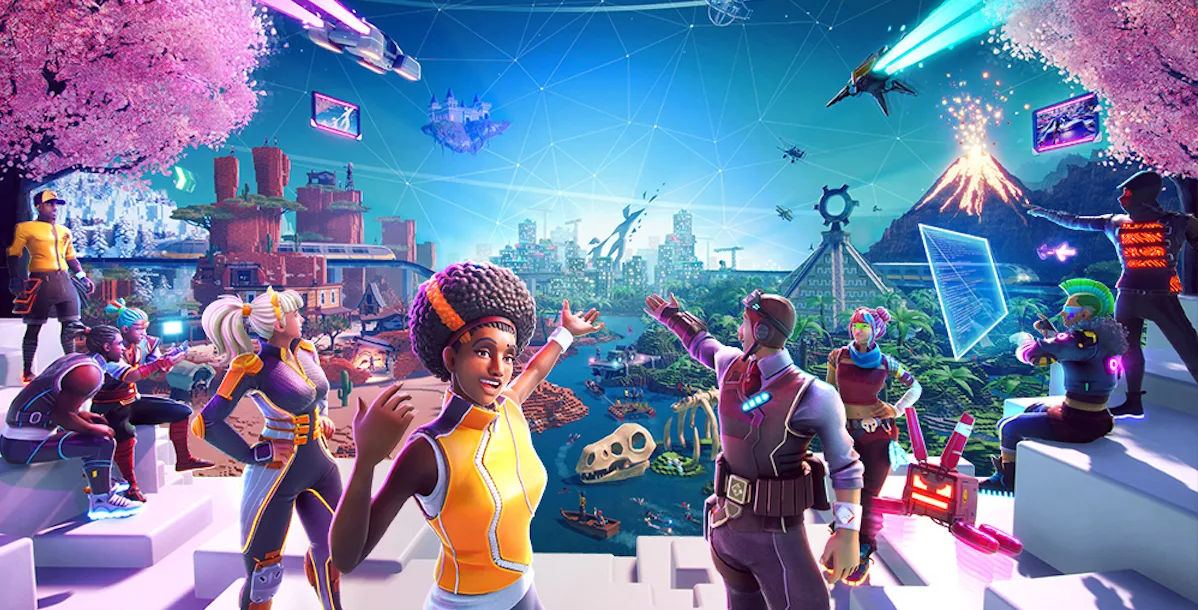
The Metaverse as it is being marketed ... 
... vs the actual Metaverse. Yes, all the avatars have no legs despite billions of dollars in R&D.
Apple Vision Pro
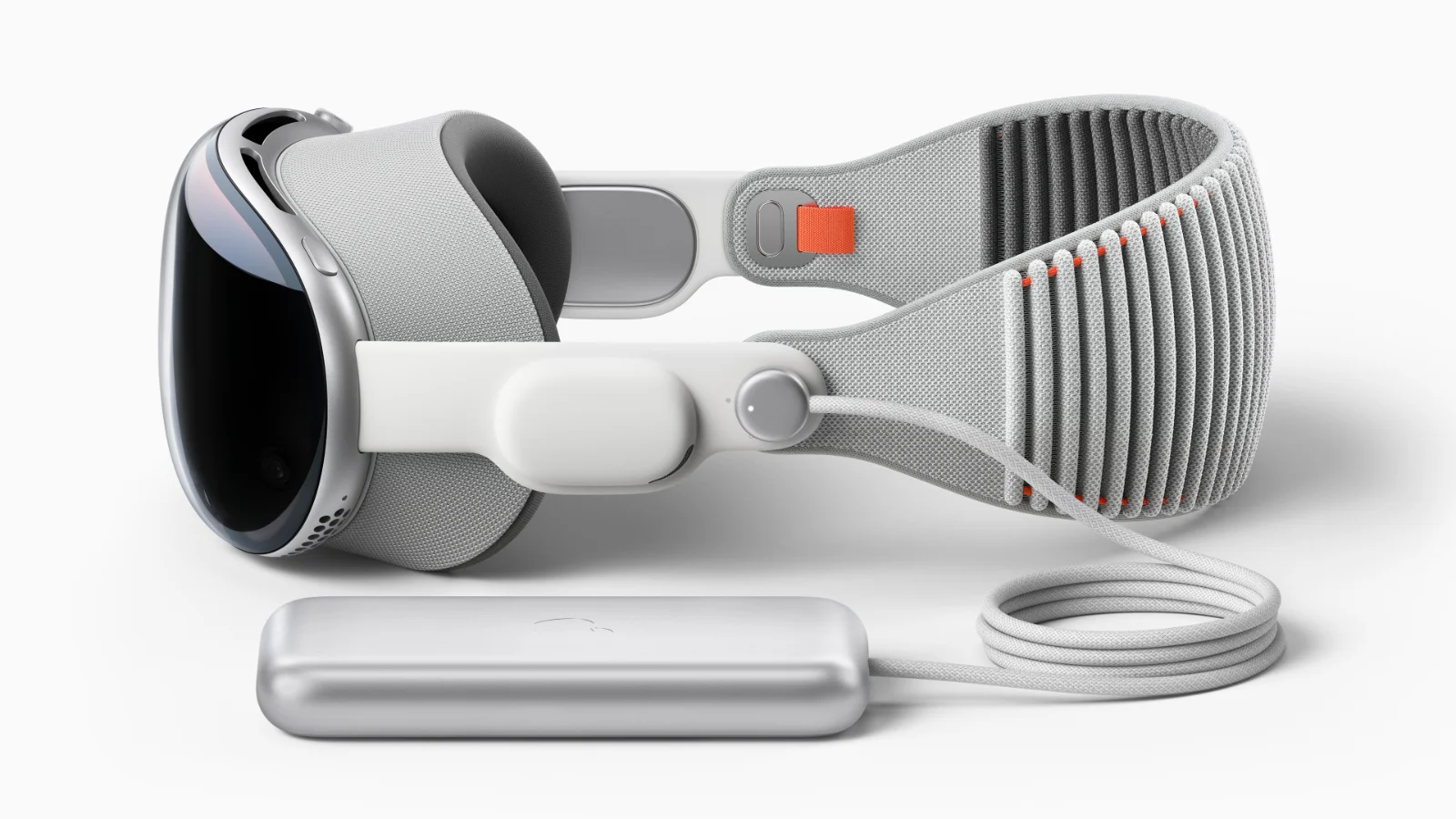
Apple Vision Pro is Apple’s answer to the next age of computing. It looks like a VR headset but Apple insists that it’s not a VR, MR, or AR headset. Instead, the Vision Pro is the world’s first spatial computer. It’s designed to do what your iPad, iPhone, and Mac do, but in a different way. The future way according to Apple.
Apple has worked on the Vision Pro for a very long time. According to Patently Apple, one of the first headset designs from Apple has been patented in 2007. Or 16 years before Vision Pro was unveiled in WWDC ‘23. In 2007, Apple had just introduced the iPhone and there’s no such thing as Apple Silicon, App Store, 5G, or even Angry Birds. Apple could have been working on it when Steve Jobs had just come back to rule Apple. Well, decades and 5,000 patents later, here we are, the world with Vision Pro in it.
Now here is some further information about the Vision Pro:
- Spatial Computer: Unlike other headsets that are mostly toys, the Vision Pro is a computer. More like an iPhone/iPad than a Mac. It is Apple’s take on the next generation of computers where you have floating displays everywhere and an immersive environment when you want it.

- Small but not light: Unlike other headsets, the Vision Pro has glass and aluminum on it. It’s smaller than the Meta Quest but weighs heavier. A lot of reviewers’ main complaint is the weight of the headset is substantial which causes pain if not wearing the right support.
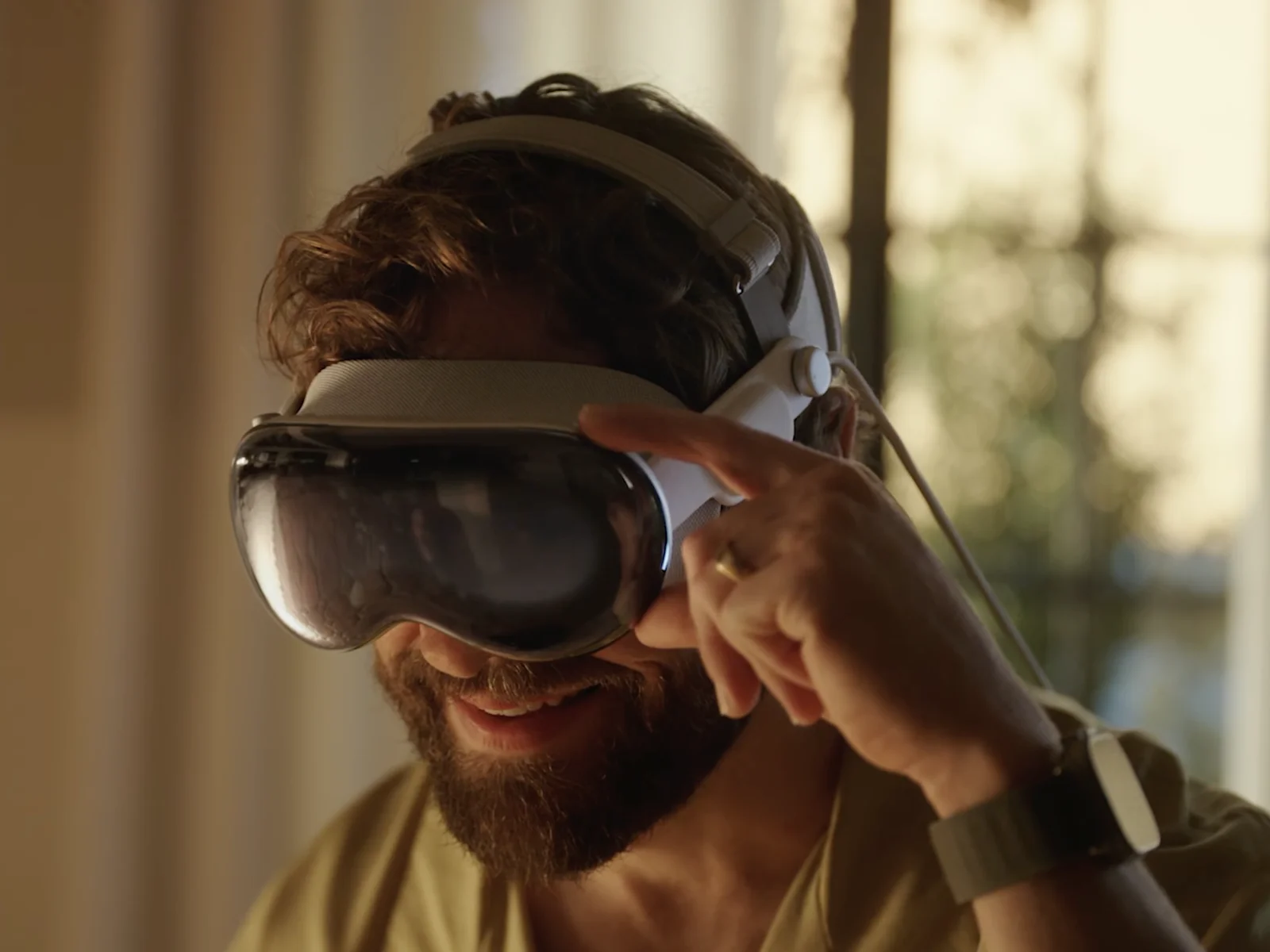
- Powerful processors: What set this headset and all others on the market is Apple put powerful processors on it. Instead of a mobile chip, Apple put a desktop processor on the chip and a specialized processor, R1, to handle the transition between reality and virtual. Granted Apple has a more powerful processor at hand but they elected to put the M2.
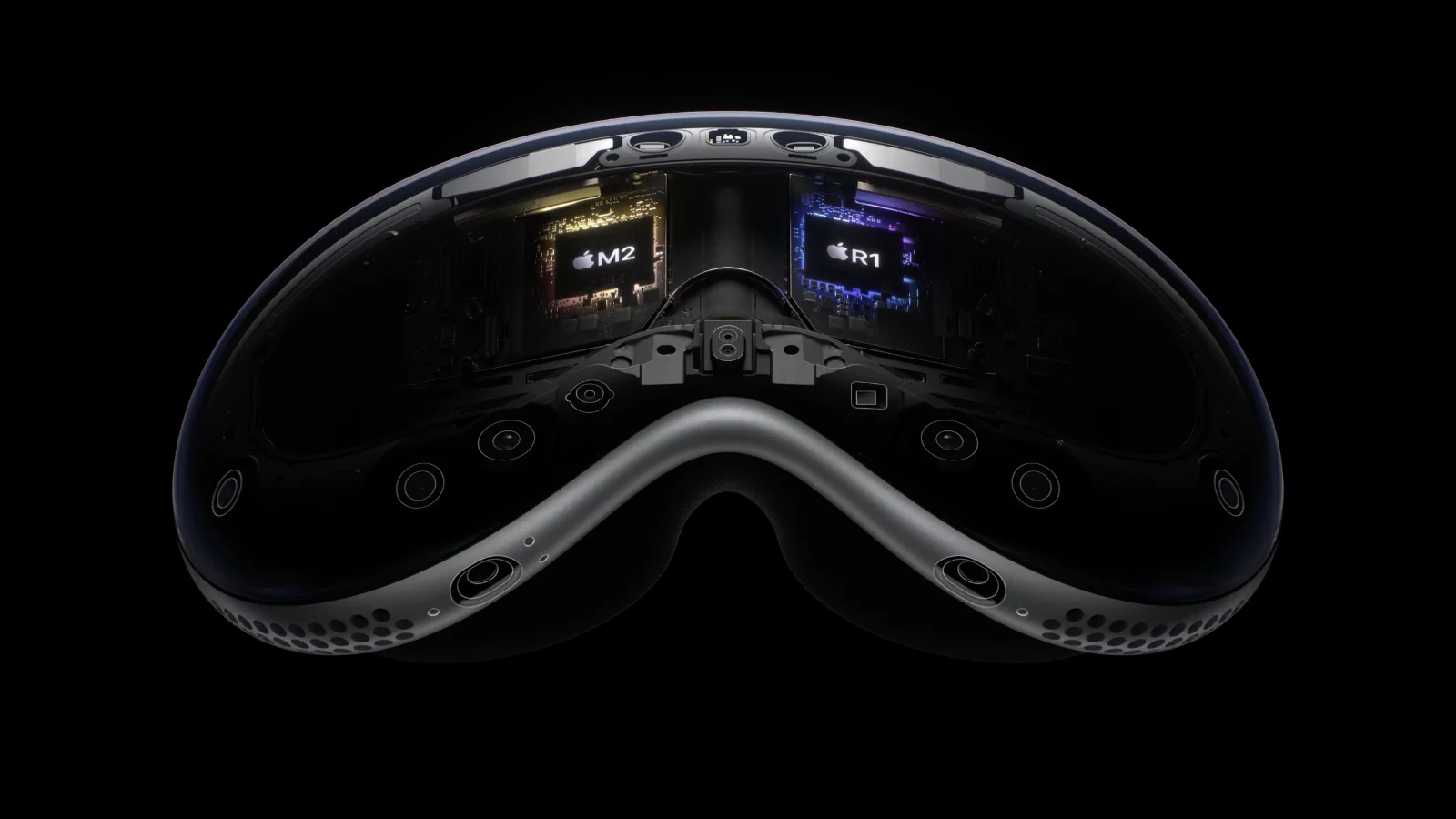
- R1 Processor: The R1 processor handles stitching the images created by the Vision Pro 12 exterior camera into a single huge virtual image. Furthermore, the image refreshes in 12 milliseconds, far faster than you can process the image at 13 milliseconds, ensuring a lag-free experience.
- Highest resolution screen: Apple has the highest resolution screen in any VR headset. They claimed that there are 23 million pixels on the Vision Pro, bringing about slightly more than 4K per eye. If my calculation is correct, that’s double the resolution from the Meta Quest 3.
- Ecosystem: One of the key differences between Vision Pro and other headsets is how Apple has built an entire ecosystem around the product. Not only you can use Apple’s ecosystem apps like iMessage, FaceTime, and other features, but you can also use the iPhone and iPad app on the Vision Pro on day 1.
- Price: The elephant in the room is of course the price. With a starting price of $3,500, the Vision Pro is not a product for everyone. It’s even more expensive than Apple’s own powerful MacBook Pro, which starts at $3,199 and has the powerful M3 Max chip.
How it will go
Facebook has poured tens of billions of dollars each year and according to critics and pundits, Meta hasn’t got the return on investment yet. Some even have written off the metaverse. Will 2024 be a turnaround for the Metaverse? We have to wait to find out.
As for Vision Pro, the $3,500 barrier to entry is a huge wall many are not willing to climb over. Will Apple usher in a new way of computing or this will be an expensive flop? Based on Apple’s track record, Apple has a knack for introducing a product that no one needs and created Fortune 500 companies out of that product. iPad was heavily criticized when launch and now they owns the tablet market. The Airpods was laughed off as Earpods without wires, and now they own that market. Apple Watch launched with no direction, and now it is the most valuable watch in history. Can visionOS take us to the next era of computing like how the Mac did?
Which one is better?
So the real question is, which one is the better device? The answer is not obvious because, on one hand, they are both VR headsets, in a way that they put screens right on your eyeballs. On the other hand, both of them approach the VR experience in different ways, Meta wants it to be the next Facebook, while Apple, it to be the next Mac. One is a toy, the other is a tool and media consumption device. It’s like comparing the Mac Mini and the PlayStation 5. Both are computers at one level, but they both do different things.
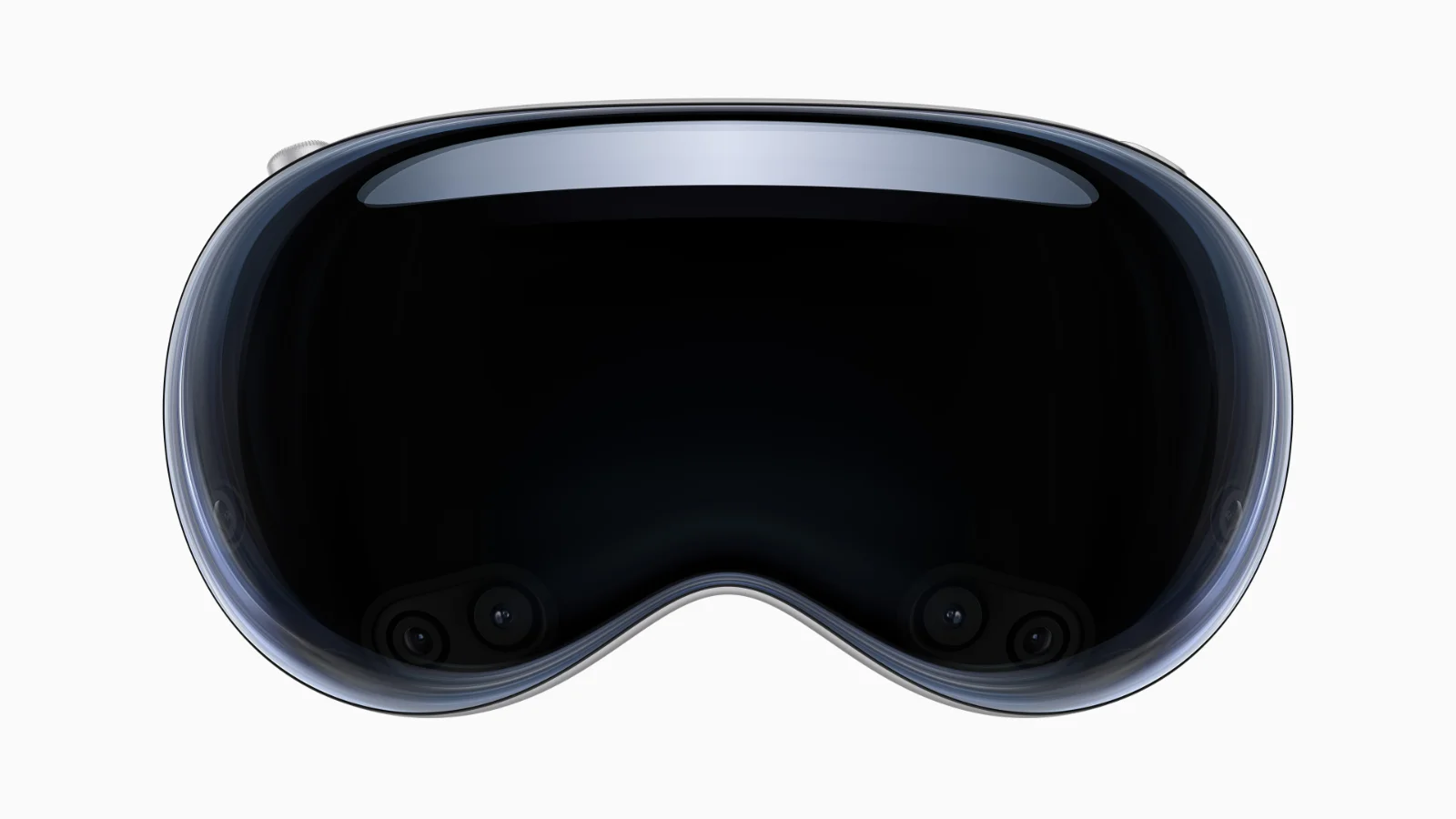

Plug
Support this free website by visiting my Amazon affiliate links. Any purchase you make will give me a cut without any extra cost to you
| Base | Pro | |
|---|---|---|
| iPhones | iPhone 16 / iPhone 16 Plus - (Amazon) | iPhone 17 Pro / iPhone 17 Pro Max - (Amazon) |
| iPhone Accessories | Find them at Amazon | |
| Watch | Apple Watch SE (Amazon) / Apple Watch Series 11 | Apple Watch Ultra 3 (Amazon) |
| AirPods | AirPods 4 (Amazon) | AirPods Pro 3 (Amazon) / AirPods Max (Amazon) |
| iPad | iPad 10 (Amazon) / iPad Mini (Amazon) | iPad Air M3 (Amazon) / iPad Pro M5 (Amazon) |
| Laptops | MacBook Air M3 (Amazon) | MacBook Pro M5 (Amazon) / MacBook Pro M4 Pro/ M4 Max (Amazon) |
| Desktop | Mac Mini M4 / M4 Pro (Amazon) / iMac M4 (Amazon) | Mac Studio / Mac Pro |
| Displays | Studio Display (Amazon) | Pro Display XDR (Amazon) |
Other Ecosystem Items
